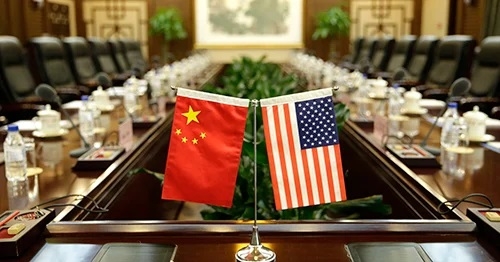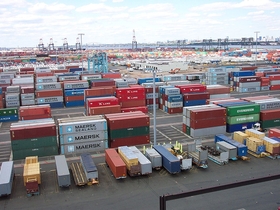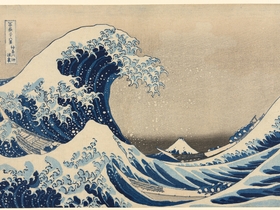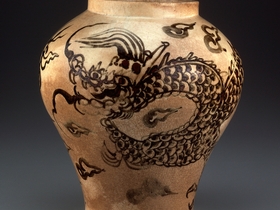On Oct. 11, alongside Chinese Vice Premier Liu He, President Trump announced that "phase one" of a comprehensive trade deal between the US and China had been reached. President Trump described the deal as "massive," and several Senate Finance Committee members tout the deal as a solid first step. As a practical matter, phase one's exact scope is quite limited and concrete details of its terms remain sparse. To date, nothing about phase one has been committed to writing, at least no writing has been released to the public. Based on the available information, the agreement seems to address the very basics of any comprehensive trade deal yet to come, shelving resolution of the more contentious and complicated trade issues for future negotiations presumably to be embodied in additional, subsequent phases.
A Refrain in Tariff Hikes
Phase one encompassed the US's refrain from increasing tariffs on $250 billion worth of Chinese goods from 25% to 30%, a tariff hike that was set to take effect this past Tuesday, Oct. 15. The US has expressed a willingness to similarly refrain from imposing the tariff hike that is set for Dec. 15 - 15% on another $150 billion of goods - but any cancelation of such increase is conditioned on trade negotiations with China continuing to be positive.
Agricultural Imports and Exports
A major component of phase one goes to agricultural concerns. The Trump Administration has declared that phase one obligates China to increase its imports of US agricultural products. Specifically, President Trump says China will purchase between $40 and $50 billion worth of US agricultural goods, an amount that would scale up over two years. China affirms that Chinese companies intend to increase purchases of US Agricultural products though they have not made a concrete commitment to this exact amount. China has signaled that more talks are in order and existing tariffs must be rolled back if China is really going to be able to reach that amount of imports. Relatedly, economists and trade experts are doubtful about whether US farmers can even meet that level of exports; $40-$50 billion is a massive leap from last year's total of American farm exports to China, which was just $9.3 billion, a figure that is likely on par with what the total will be for this year. However, the President has declared, via tweet, that the question of US export supply is one that "our farmers will figure out.” A representative from Farmers for Free Trade has noted that the agreement's specifics on the timeline of these increased purchases, the prices, and the commodities to be most traded are big unknowns.
Additionally, the agreement is said to contemplate structural changes to China's current import procedures for certain US agricultural products. Current practice requires that some food imports and genetically modified products imported into China undergo a lengthy approval process at the China border. This approval process frustrates US exporters’ ability to reliably and easily get these products into China. Much of the US farming industry's ability to meet any increased demand from China for US agricultural products is going to depend on an improved import process for those products at the China border. Again, the specifics of these changes to import procedures at the China border are not known.
Tech & IP Concerns
The agreement's treatment of tech & IP issues is sparse, and President Trump has stated that the details of these issues are to be hashed out in further negotiations and included in later phases of the agreement. According to those who were briefed on the negotiations, phase one is set to encompass stronger protections for copyrights and patents.
Currency Management
Phase one has also been said to include guidelines for China’s currency management. These guidelines are intended to appease US concerns that China has intentionally weakened its currency to cheapen exports. Those briefed on the agreement explain that the guidelines embodied in phase one look like the currency chapter that is in the proposed USMCA. At most, the agreement calls for the two countries to not unfairly devalue their currencies in attempts to gain trade advantages, and to keep each country informed as to the buying and selling of large amounts of currency.
Consultation
US Trade Representative Lighthizer explained that the agreement encompasses an “elaborate consultation process” that will serve as a sort of enforcement mechanism, but also made clear that details of this consultation process are still being worked out.




